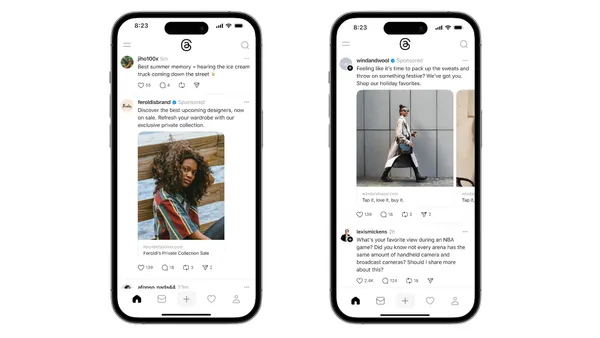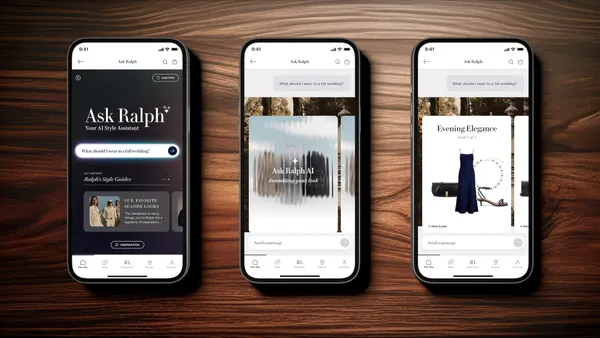The phablet—a hybrid name of phone and tablet given to smart phones with larger screens—has become a force to be reckoned with in recent years. The popularity of Samsung’s Galaxy phone series—and other big-screened Android phones—helped inspire Apple’s first attempt at a phablet. When the iPhone 6 Plus came onto the market, it sold out almost instantly, proving the late Steve Jobs’ theory that big phones wouldn’t sell was incorrect.
The explosion of phablet popularity has marketers scrambling to understand how this could affect mobile strategies. Phablet users are emerging as their own segment of the mobile market, rather than being lumped in with smart phone or tablet users. Here are some key things all marketers should know about the phablet phenomenon:
Phablets are propelling mobile growth overall
According to a study from Netbiscuits, phablets nearly doubled their share of mobile traffic in the last part of 2014. That traffic is starting to catch up with smartphone traffic at a fast pace. Between January 2014 and January 2015, phablets have grown in usage by 148%, according to data from Flurry. That extreme growth led the overall mobile usage to grow by 78% year over year. In that same time frame, small tablets only increased in usage by 14%, while traditional full-sized tablet usage actually shrunk by 20%.
With that kind of growth, marketers can’t ignore phablets as part of their overall mobile strategy.
Phablet users consume more media
App usage has grown significantly faster on phablet devices than on any other mobile device, according to the Flurry study. Phablet users are consuming media— like news, entertainment, music, etc.—at extremely high rates. Sports media tops the growth list, with a 427% year over year growth among phablet users. The bigger screen makes reading and watching videos a more enjoyable experience, contributing to the rise in media consumption.
An increase in media consumption is great news for marketers—it means there are more opportunities for advertisements and other marketing content to be seen by users.
Phablets could make mobile web a thing of the past
All the extended media consumption on phablets is happening within apps. Many might think that the bigger screen would lend itself to more mobile web browsing, but data shows the real trend is in increased app usage. Due to the uptick in the adoption of phablets, mobile app usage has stolen a 2% share of time spent from the mobile web. That means that 88% of time spent on phones is now just in apps—not the mobile web.
The increase in time spent within apps underscores the importance of having branded apps. It’s no longer enough to have a mobile-optimized web page because people aren’t finding brands on the web—they are searching for them in the app store. Connecting with phablet users means finding them within their favorite apps.
Phablet users buy more
Converting phablet users is a better bet than other mobile device users, according to research from Monetate. Phablets generate 6% more conversion than smartphones, and the purchase prices are higher. The average purchase from phablet users was approximately $120, compared to around $100 for smartphones.
Higher conversions and higher average purchases should be music to marketers’ ears. One of the biggest challenges with mobile marketing is finding ways to convert the customer. With phablets, that task might be a bit easier.











